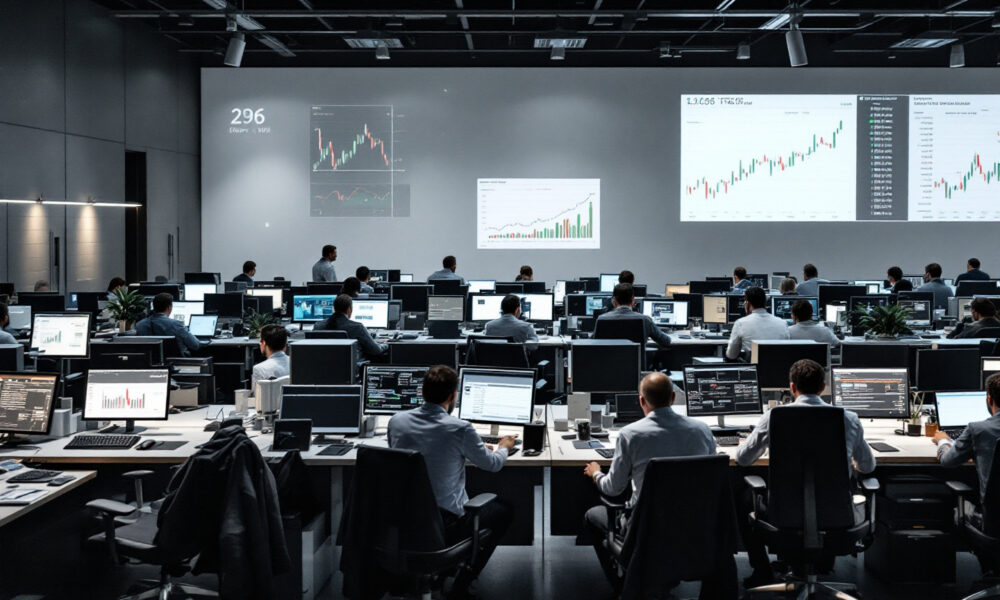
The “Vulnerability Loop” of Traditional Due Diligence Data Rooms
- Data Breach Black Hole: Misdirected emails, lost USB drives, and screenshot sharing lead to the leakage of core information.
- Uncontrolled Collaboration: Multiple parties repeatedly download and upload different versions of files, resulting in a version chaos rate of 47%.
In a case involving a new energy enterprise M&A, the core technical parameters of the target company were leaked due to the audit team’s use of a public cloud drive to share due diligence reports, ultimately shrinking the transaction valuation by 1.2 billion yuan. “The security design of traditional due diligence data rooms is like defending against hacker missiles with wooden fences,” said the head of risk control at a multinational investment bank.
VDR Virtual Data Rooms: A Triple-Layer Defense Net to End Leakage Risks
- Dynamic Data Fencing
- Intelligent Permission Granularity: Permissions are dynamically allocated based on roles (such as investment banker analysts/lawyers) and stages (initial due diligence/deep review), supporting 23 types of fine-grained controls like “read-only for 3 minutes” and “prohibit download.”
- Real-Time Watermark Tracking: When browsing documents, a three-dimensional invisible watermark (user ID, timestamp, IP address) is automatically superimposed, allowing for second-level identification of leak sources when screenshots are shared.
- Zero-Trust Collaboration Engine
- Blockchain Certification: All document uploads, modifications, and downloads are recorded on the blockchain, ensuring tamper-proof operations.
- Cross-Domain Secure Sandbox: External collaborators can annotate and analyze data directly in an encrypted sandbox without downloading files, with temporary caches destroyed upon closing the page.
In a cross-border M&A case, the use of VDR Virtual Data Rooms reduced abnormal access to sensitive files by 98% and increased the average response speed of collaborators by six times.
The Paradigm Shift from “Data Prison” to “Intelligent Collaboration Hub”
- Intelligent Sensitive Data Identification (ISDI) System
- Based on NLP and industry knowledge graphs, it automatically tags commercial secrets (such as customer lists) and compliance pitfalls (such as monopoly agreement clauses) in due diligence documents.
- It dynamically warns based on context semantics; for example, when a user attempts to export a file containing an “exclusive non-compete clause,” it triggers a legal review process.
- Multi-Party Collaborative Workflow Engine
- Asynchronous Collaboration Dashboard: Investment banks, law firms, and accounting firms can complete financial model verification, legal risk marking, and tax compliance reviews in parallel on the same platform.
- Smart Version Aggregation: The system automatically merges modification records from multiple parties, generating a final report with conflict markers, avoiding the 72-hour manual comparison time.
A European private equity fund using VDR Virtual Data Rooms reduced the cross-border M&A due diligence cycle from an average of 137 days to 69 days, reducing labor costs by 45%.
The “Autonomous Driving” Era of Future Due Diligence Data Rooms
- Risk Prediction: Trained on historical transaction data to preemptively warn of target company financial fraud patterns (such as fictitious revenue cycles).
- Automated Due Diligence: AI directly extracts key contract clauses to generate a closing condition checklist, replacing more than 50% of manual review work.